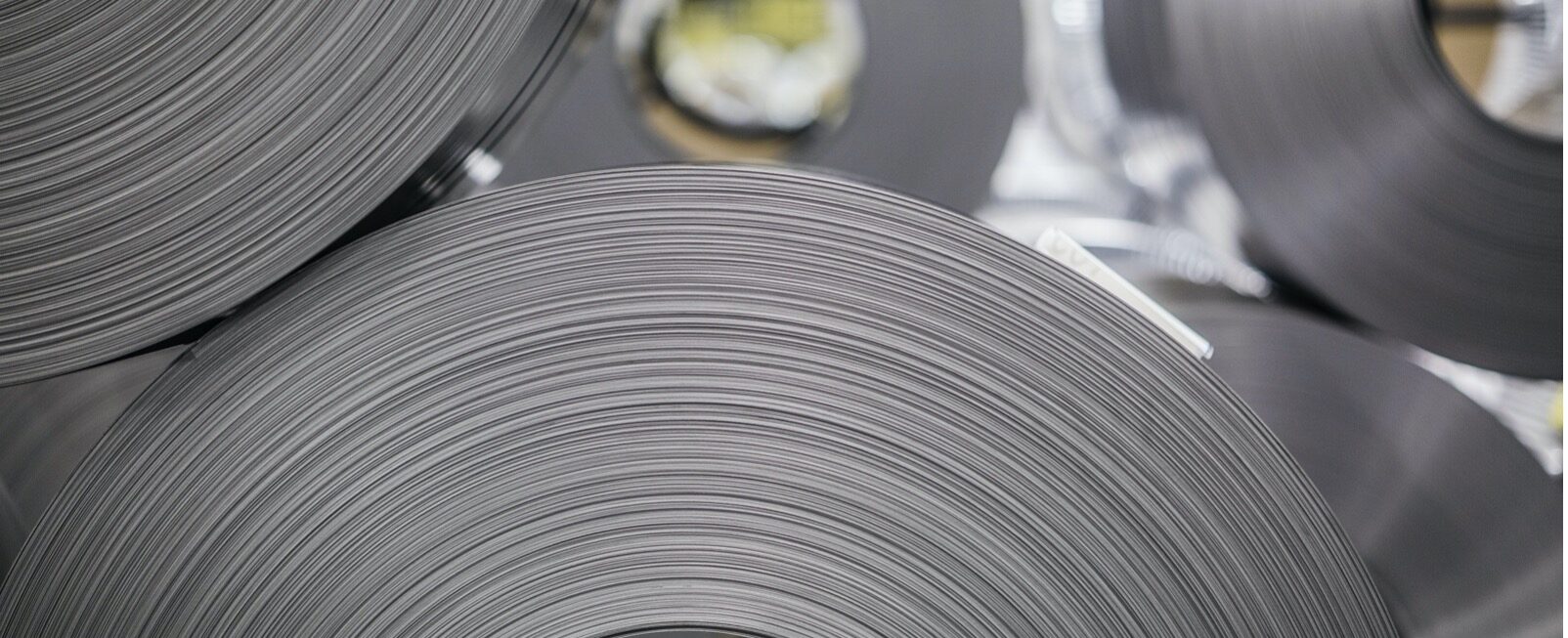Send us your feedback
Here you can send us feedback on the Maxess-website. Please describe the problem or what’s missing in a clear way, and on what page you found the issue. Thank you so much for your help!
Improving cutting of ultra-high-strength steel
The Swedish steel producer SSAB with help from Swerim AB and researchers at DESY investigated residual stresses introduced at the edges of the sheet during cutting operations . Using synchrotron X-rays, the company experts found that shear cutting leads to high stresses that can be dangerous for the ultra-high-strength steel (UHSS). The information is valuable for improving the cutting processes.
The danger of residual stresses at cut edges
SSAB is a leading producer in the global market of Advanced High-Strength Steels (AHSS) and Quenched & Tempered Steels (Q&T) products. The steel produced by the company finds many industrial applications such as in the automotive industry. When manufacturing components from steel sheet, it is common to use shear cutting to produce the metal strips. This can include cutting a large coil to narrower strips and punching operations to produce holes. Shear cutting can introduce high residual stresses at the cut edges.
The unfavourable combination of a material with very high strength, high residual stresses and hydrogen, generated in the production process or due to corrosion, can lead to cracks starting from the components’ edges during production or in service. Good edge quality is vital to counteract this phenomenon. Using high-energy X-rays produced in synchrotron facilities, experts form SSAB investigated the causes that lead to cutting-induced stresses in steel sheets. The knowledge acquired by the company is important to optimise the materials and cutting processes.
New opportunities with synchrotron X-rays
A deeper understanding of residual stresses can have a significant impact on SSAB’s operations. High residual stresses in the steel introduced during cutting or severe forming operations make UHSS more sensitive to hydrogen embrittlement. In a worst-case scenario, the component can crack. Increased knowledge of how internal stresses arise would help the company minimise the impact of residual stresses and subsequent hydrogen embrittlement. To achieve this goal, the company turned to synchrotron light, allowing researchers to perform direct measurements of residual stress on steel at the microscale. The use of high-energy synchrotron X-rays opens to entirely new opportunities for tackling residual stresses formation and optimising material and cutting processes for high-strength steel.

Important findings for production
Experts from SSAB collaborated with Swerim AB and scientists from DESY at the PETRA III synchrotron in Hamburg. The team used samples of the SSAB proprietary commercial ultra-high strength automotive steel Docol™ and mapped the residual stresses at the microscale. The samples were cut using three different methods; shearing; shearing followed by milling; and laser cutting, and then analysed the cut edges using X-ray diffraction. The researchers observed the cut-induced residual stresses of the three cutting methods at an unprecedented resolution. They found that shear cutting introduces the highest stresses. These experiments provided SSAB with crucial information that can be used to advise customers about the importance of cutting procedure and tool quality.
“This unique XRD method makes it possible to map residual stresses at cut edges. It can explain why certain cutting methods can increase the risk of edge cracks when processing ultra-high-strength steel. It will be a valuable tool for modifications of materials and cutting processes.”
Sven Erik Hörnström, senior Specialist, SSAB
Contact Partners
Case Details
SSAB, Swerim
SWERIM LSI groupSwedish Material Science Beamline P21



